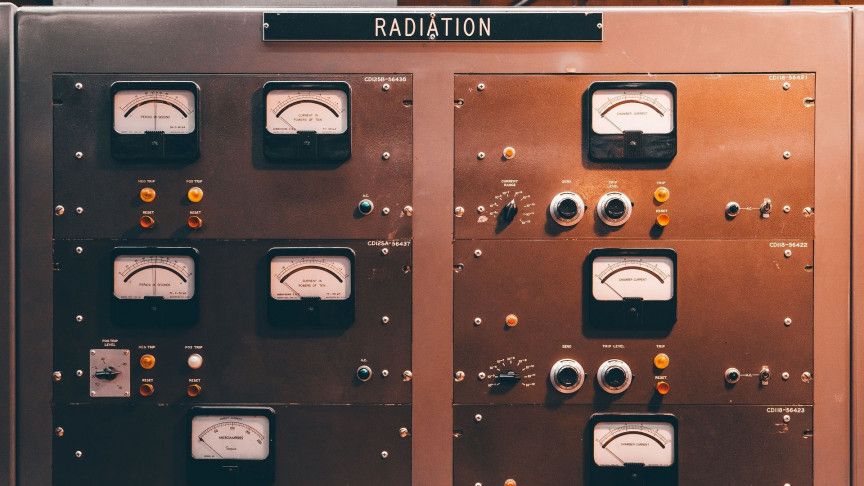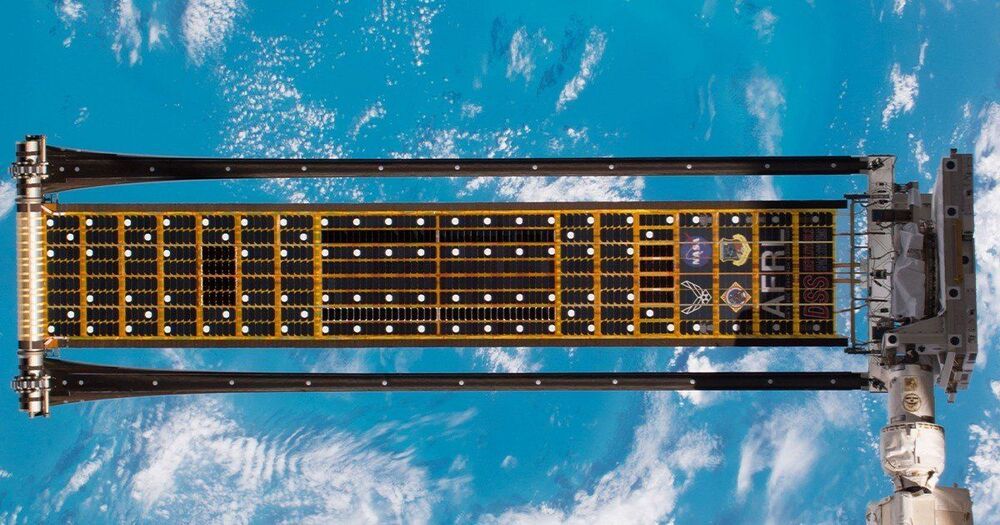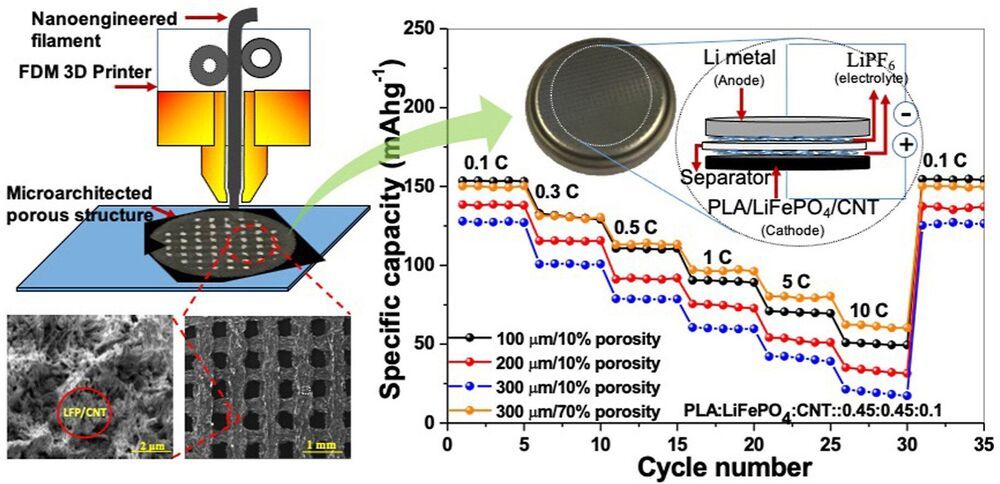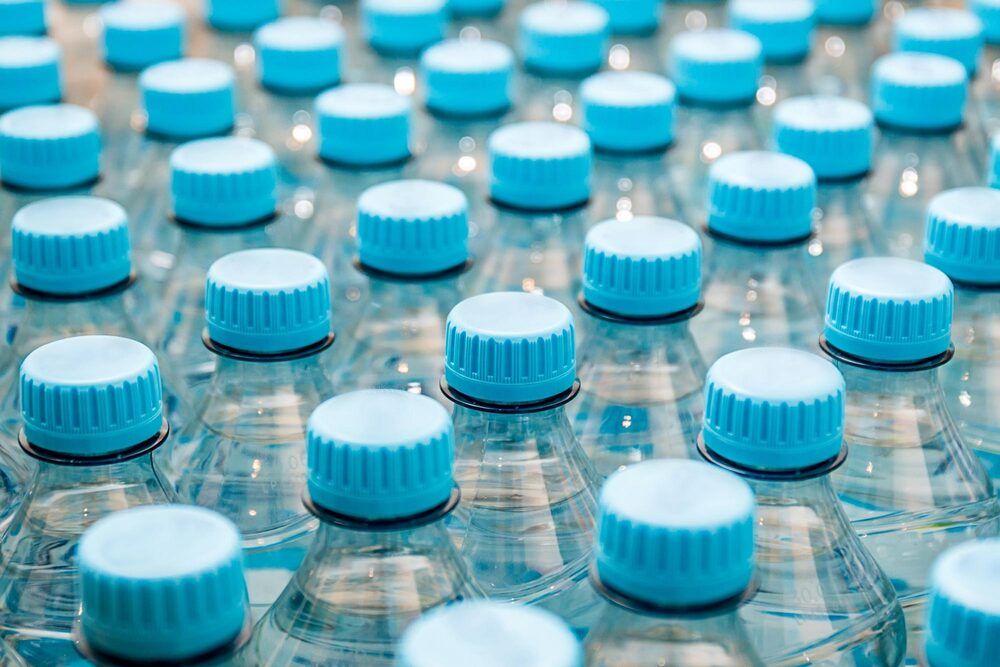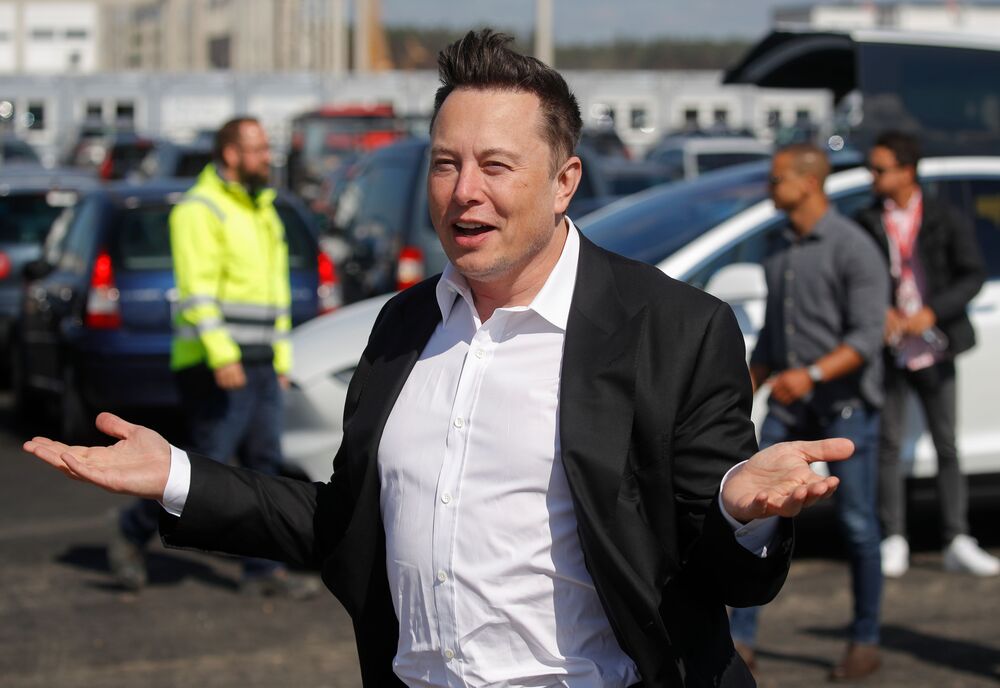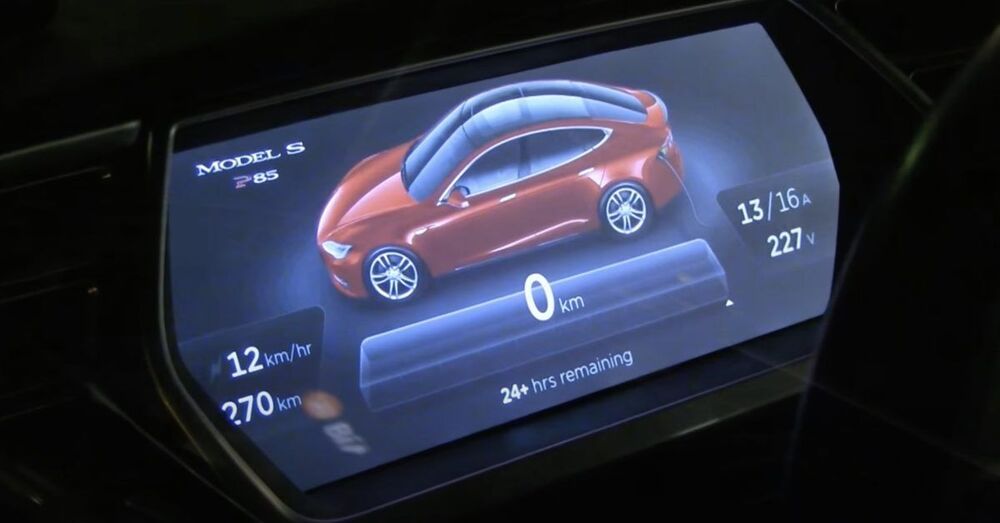Global battery recycling industries are a new beginning for old energy storage.
When your kid looks at you with those big, innocent eyeballs and asks, “Where do lithium ion electric car batteries go when they die?” Without hesitation—because kids that age still believe you know everything—you read them this article:
Mighty Volkswagen—the carmaker that certainly looks like it is going to lead the world in the production of electric cars someday—now looks like it might lead the world in recycling electric car batteries, with the announcement that it has opened its first battery recycling plant in Salzgitter, Germany. OK, at a projected 3600 batteries recycled a year, maybe it won’t lead the world, but it will certainly lead battery recycling in Lower Saxony, between Hildesheim and Braunschweig. Globally speaking, all this battery recycling stuff is still being sorted out.
This content is imported from YouTube. You may be able to find the same content in another format, or you may be able to find more information, at their web site.
